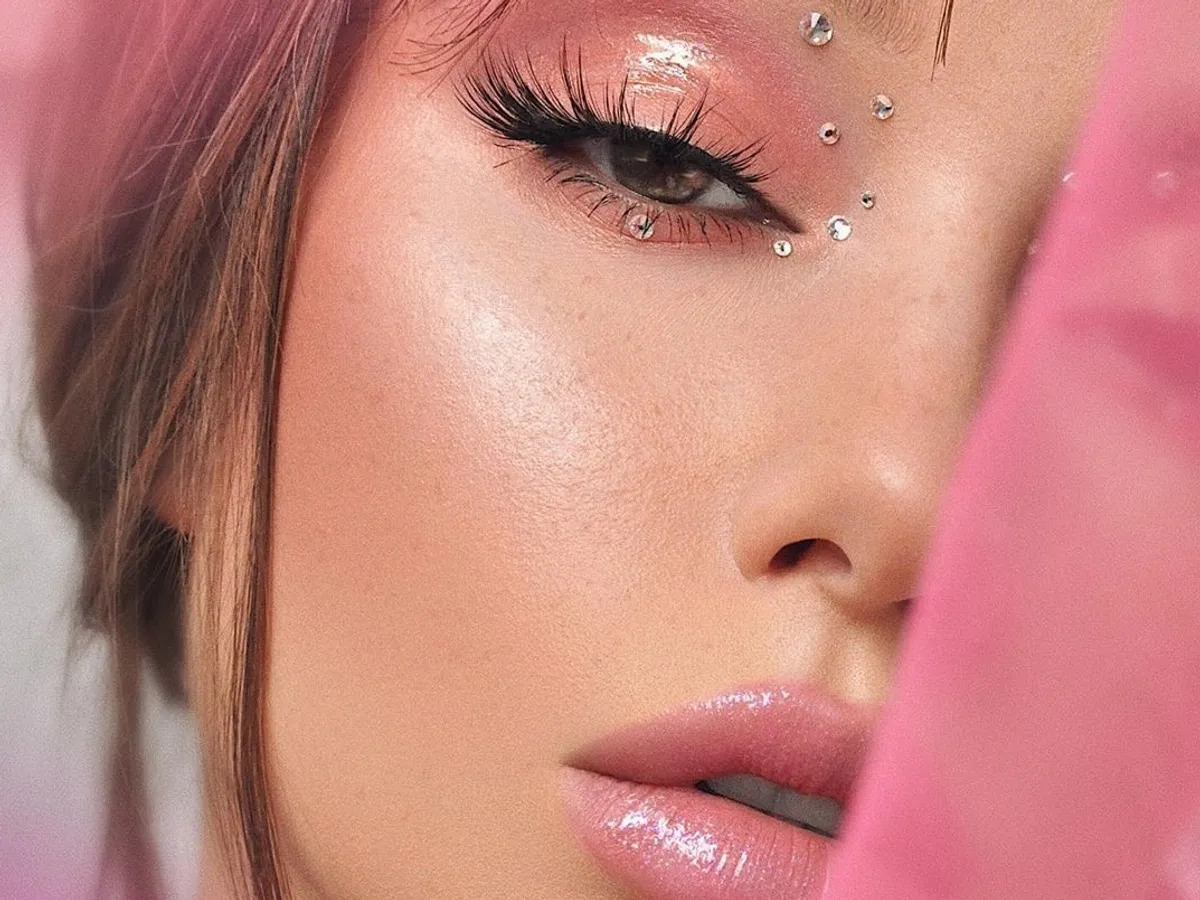
Beautiful, healthy hair is a reflection of your overall well-being and self-care routine. Hair masks are a potent tool in your hair care arsenal, designed to rejuvenate, nourish, and enhance the vitality of your tresses. Whether your hair is prone to dryness, damage, frizz, or you simply want to elevate its natural shine, incorporating hair masks into your routine can make a noticeable difference. This guide will take you through the ins and outs of using hair masks effectively to achieve luscious locks that turn heads.
Understanding Hair Masks
Hair masks are intensive treatments formulated to address specific hair concerns. They typically contain a higher concentration of nourishing ingredients compared to regular conditioners, penetrating deeply into the hair shaft to provide lasting benefits. Depending on your hair type and needs, you can find a variety of hair masks, such as hydrating masks, repair masks, volumizing masks, and color-enhancing masks.
Choosing the Right Hair Mask
Before delving into the usage techniques, it’s crucial to select a hair mask that caters to your hair’s unique needs. Consider the following factors:
Hair Type: Determine whether your hair is oily, dry, normal, curly, straight, or wavy. This will help you choose a mask tailored to your specific hair type.
Hair Concerns: Identify your hair concerns, such as frizz, damage, lack of shine, or color fading. Look for masks that address these concerns with the appropriate ingredients.
Ingredients: Check the ingredient list for nourishing elements like natural oils (coconut, argan, jojoba), proteins (keratin, collagen), vitamins (vitamin E, B vitamins), and botanical extracts.
Scent and Texture: Opt for a mask with a scent and texture that appeals to you, as this can enhance your overall experience.
Prepping Your Hair for the Mask
Properly prepping your hair sets the stage for an effective mask application. Follow these steps before applying the mask:
Cleanse Your Hair: Wash your hair with a gentle shampoo to remove any dirt, product buildup, or excess oils. This ensures that the mask can penetrate deeply into the hair shaft.
Towel Dry: Gently towel dry your hair to remove excess water. Your hair should be damp, not dripping wet.
Detangle: Use a wide-tooth comb to detangle your hair, starting from the ends and working your way up. This prevents unnecessary hair breakage during the mask application.
Applying the Hair Mask
Now that your hair is prepped, it’s time to apply the mask. Follow these steps for a thorough and effective application:
Section Your Hair: Divide your hair into sections. This ensures that you distribute the mask evenly and reach all parts of your hair.
Scoop the Mask: Depending on your hair length and thickness, scoop an appropriate amount of the mask into your palm. Start with a small amount and add more if needed.
Even Distribution: Rub the mask between your palms to evenly distribute it. Then, starting from the mid-lengths of your hair, work the mask downwards towards the ends. Avoid applying the mask directly to your scalp, as this can lead to greasiness.
Massage Gently: Massage the mask into your hair using gentle, circular motions. This promotes better absorption and stimulates blood flow to the scalp.
Focus on the Ends: Concentrate the mask application on the ends of your hair, as they are the oldest and most prone to damage. If you have an oily scalp, you can apply a lightweight conditioner to the roots.
Comb Through: Once the mask is applied, use a wide-tooth comb again to ensure even distribution and detangle any remaining knots.

The Waiting Game: Allowing the Mask to Work
Hair masks require time to work their magic. Follow these guidelines for optimal results:
Read Instructions: Different masks have varying recommended application times. Always read the instructions on the packaging to determine how long to leave the mask on your hair.
Warmth Helps: To enhance the mask’s effectiveness, wrap your hair in a warm towel or use a shower cap. The warmth helps open up the hair cuticles, allowing the mask to penetrate deeper.
Relax and Wait: Use this time to relax and pamper yourself. Listen to soothing music, read a book, or simply enjoy some quiet moments.
Rinsing and Post-Mask Care
After the waiting period, it’s time to rinse off the mask and give your hair the finishing touch:
Thorough Rinse: Rinse your hair thoroughly with lukewarm water. Make sure there are no traces of the mask left in your hair.
Cool Water Finish: For an extra boost of shine, finish rinsing with a quick blast of cool water. This helps seal the hair cuticles, locking in the nourishing ingredients.
Pat Dry: Gently pat your hair dry with a clean, soft towel. Avoid rubbing your hair vigorously, as wet hair is more prone to damage.
Frequency of Use
The frequency of using a hair mask depends on your hair’s condition and the mask’s recommendations. Generally, using a hair mask once a week is a good starting point. However, if your hair is severely damaged or dry, you might benefit from using a mask more often, while those with normal hair can use it less frequently.
Hair masks are a luxurious and effective way to pamper your hair and address specific concerns. By choosing the right mask, prepping your hair properly, and following the application steps diligently, you can unlock the full potential of these treatments. Remember that consistency is key when it comes to seeing long-term improvements in your hair’s health and appearance. With dedication and a little extra care, you can achieve the luscious locks you’ve always dreamed of.








